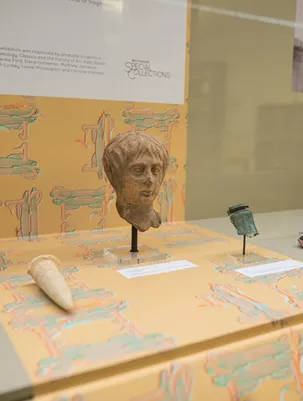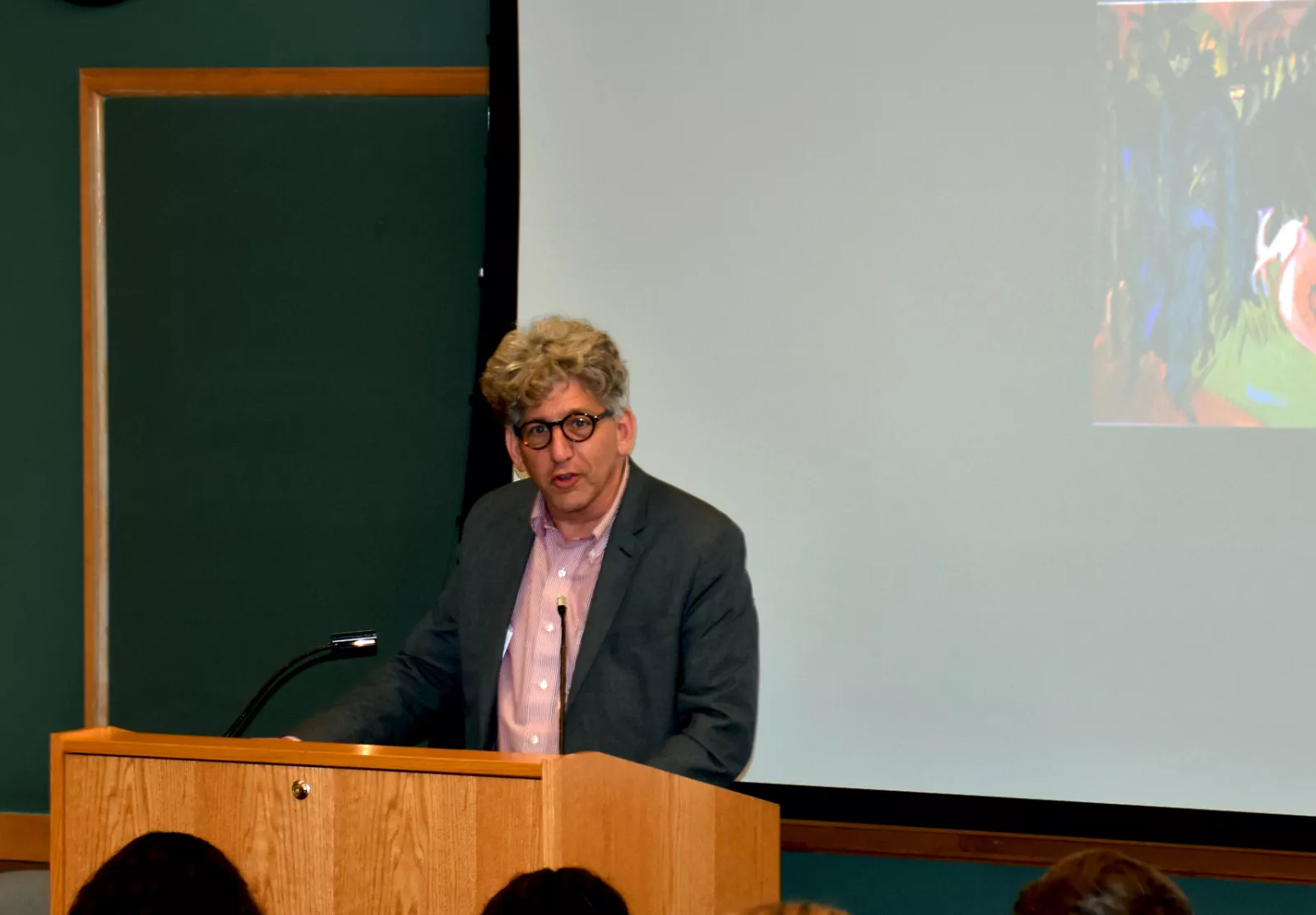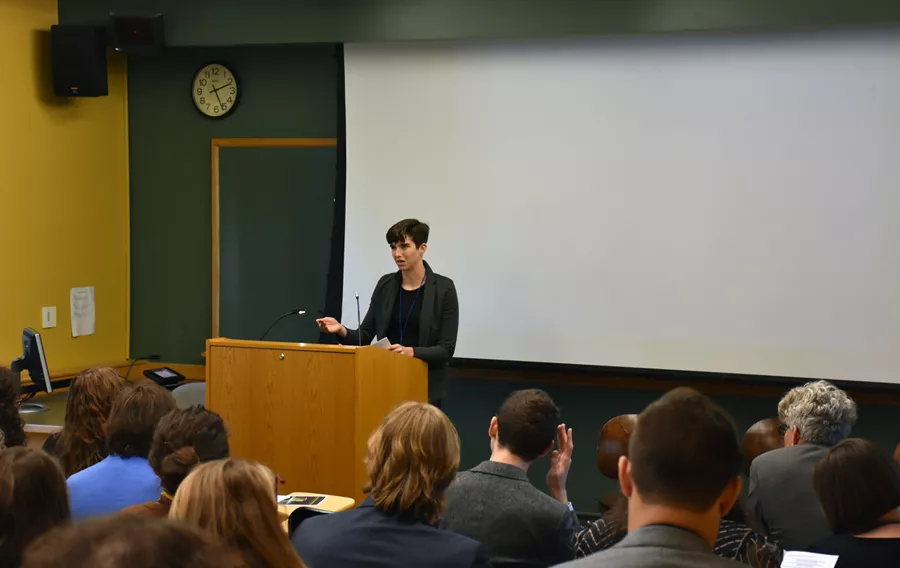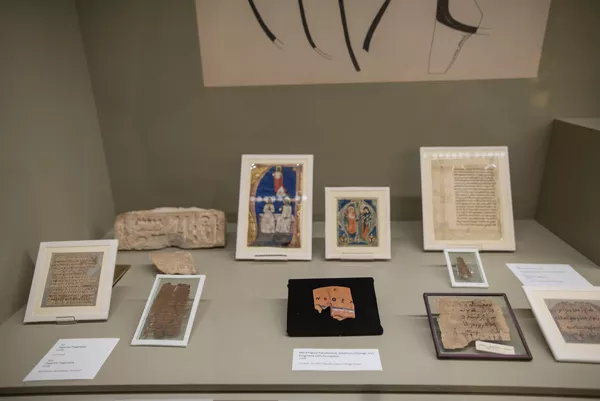Graduate Group in Archaeology, Classics, and History of Art Hosts 11th Biennial Symposium

From November 3rd-4th the graduate students of the Graduate Group of Archaeology, Classics, and History of Art celebrated their 11th Biennial Graduate Group Symposium. The event is one of the premier graduate group traditions. Every two years graduate students from Archaeology, Classics, and History of Art collaborate to explore a theoretical topic through a series of lectures and a curated exhibition. This year’s theme, Nothing in Moderation: Ancient to Contemporary Perspectives on Excess, drew together visual culture and text in a multi-disciplinary setting to chip away at the theoretical complexities of a largely philosophical problem: what exactly is excess? When does practicing moderation give way to an excessive lifestyle? Are these questions universally applicable across the ages and across vast geographies?
This year’s exhibition benefits from the addition of a multi-media installation by Philadelphia-based artist-in-residence Katie Hubbell. The installation is a novel approach to the standard exhibition format. Hubbell’s piece, Nullification Notification, is a multi-media experience created as a contemporary interactive response to the ancient objects selected for the exhibition. The viewer is confronted with fragmentary marble and terracotta limbs set against a psychedelic wallpaper of disembodied and distorted human fingers. The architecture of Classical Greek temples is juxtaposed with close-up footage of ants building a colony and tending to their dead, challenging the viewer’s assumptions about architecture and sacred space. More of Hubbell’s work can be viewed here.
Hubbell’s Nullification Notification forces the viewer to confront the wider exhibition experience and the aims of the symposium overall. Exhibited objects were selected from various periods and vast geographies and yet their fragments are unified by their distance from the present day. The inclusion of a contemporary interactive artwork forces the viewer to reflect upon the spatial and temporal compression that manifests itself in an exhibition, or a symposium full of thematic interdisciplinary talks. It was within this context that attendees and participants alike were able to probe the conference’s broad theme. While the theoretical boundaries of moderation are likely to remain elusive, the stellar efforts of the symposium participants contributed to a symposium weekend rich in scholarship and theoretical complexity.
The 11th Biennial Graduate Group Symposium committee was chaired by Collin Hilton (Classics), Matthew Jameson (Archaeology), and Laurel McLaughlin (History of Art). Other committee members included Kate Dolson (Classics), Kat Ford (History of Art), Elena Gittleman (History of Art), Sarah Luckey (Archaeology), Zach Silvia (Archaeology), Andrew Tharler (Archaeology), and Christie Villarreal (Classics). A special note of appreciation must be given to Marianne Hanson (Curator of the Rare Books and Manuscript Collection), Marianne Weldon (Collections Manager, Art and Archaeology Collections), Dr. Carrie Robbins (Curator of Art and Artifacts Collection), Dr. Alicia Peaker (Digital Scholarship Specialist), and especially Professor Annette Baertschi (Director of the Graduate Group of Archaeology, Classics, and History of Art) for their support in bringing this event together.


